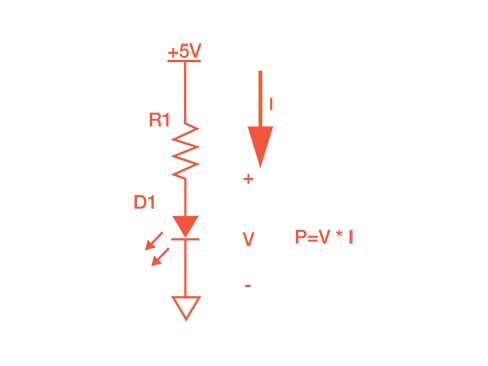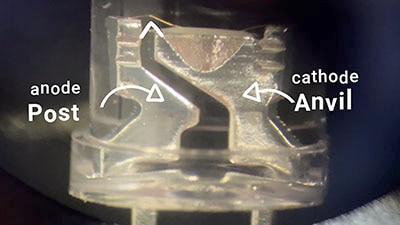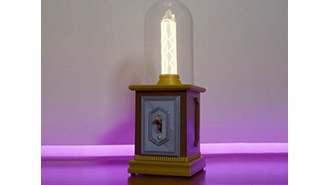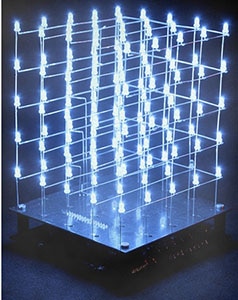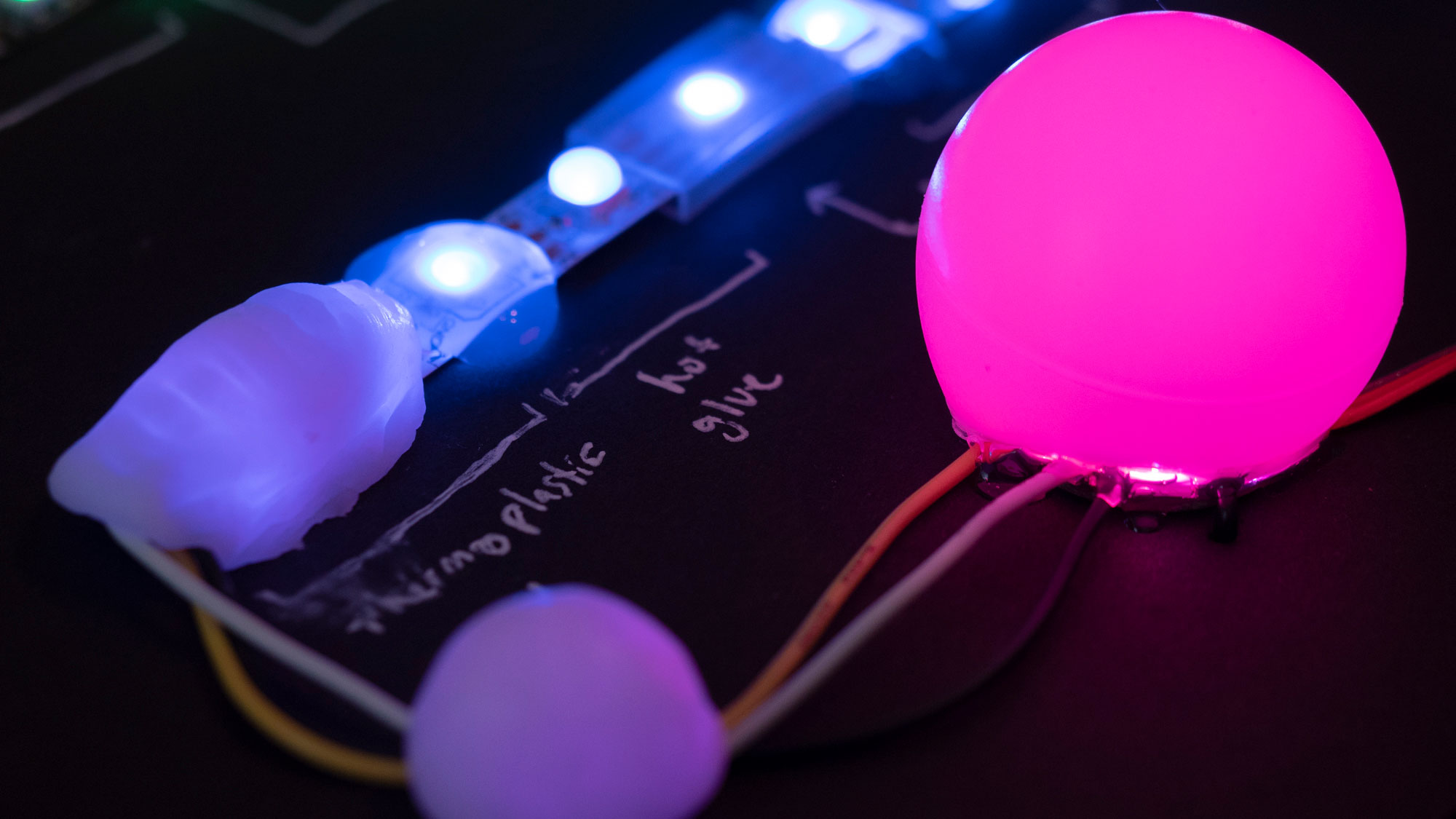High Brightness LED Control With Rotary Encoder | Arduino Visual
2025-10-08 | By Ron Cutts
License: General Public License Addressable LEDs LED / Display Drivers LED Holders / Lenses LED Matrix LED Segment LED Strips LEDs / Discrete / Modules Light Arduino
In this Visual Programming (Visuino) tutorial, we’ll use a High Brightness Lighting LED Module and a Rotary Encoder to control LED brightness and blinking modes.
Rotate the encoder to smoothly adjust LED brightness from low to high (and vice versa).
Press the encoder button to toggle between steady glow and blinking mode.
Brightness can be adjusted in both modes for complete flexibility.
This project shows how simple it is to build interactive lighting effects with Arduino and Visual Programming (Visuino).
Note: You can use any other LED; it will work the same.
Watch the Video!
Step 1: What You Will Need
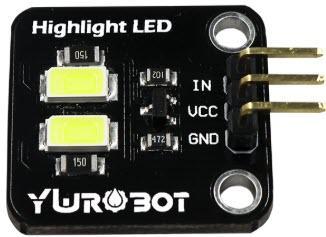
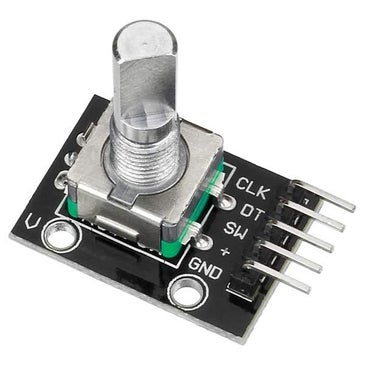
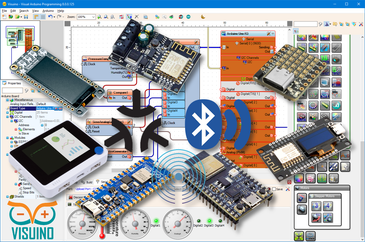
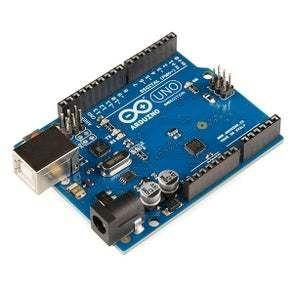
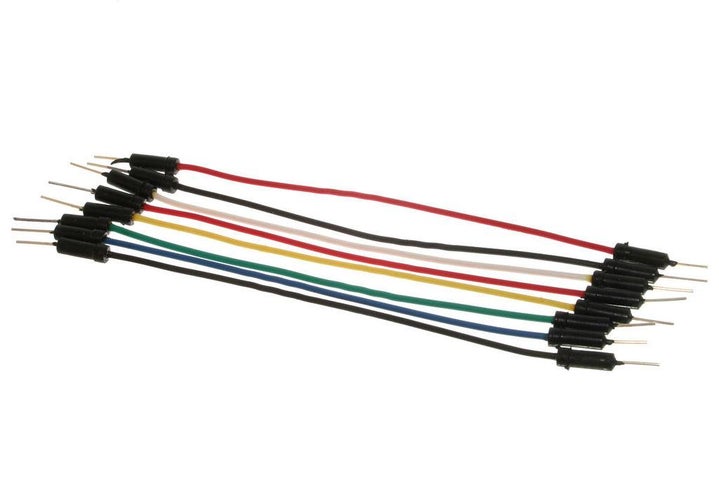
Visuino program: Download Visuino
Step 2: The Circuit
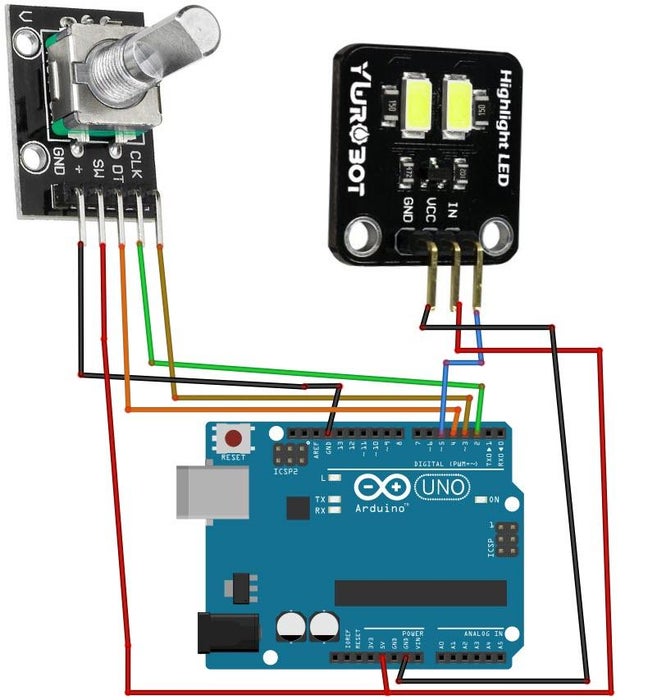
Rotary Encoder Module Connections
Connect Encoder pin [CLK] to Arduino pin [2]
Connect Encoder pin [DT] to Arduino pin [3]
Connect Encoder pin [SW] to Arduino pin [4]
Connect Encoder pin [+ (VCC)] to Arduino pin [5V]
Connect Encoder pin [GND] to Arduino pin [GND]
Connect the LED module pin [+ (VCC)] to the Arduino pin [5V]
Connect the LED module pin [GND] to Arduino pin [GND]
Connect the LED module pin [IN] to Arduino digital PWM pin [5]
Step 3: Start Visuino, and Select the Arduino Board Type
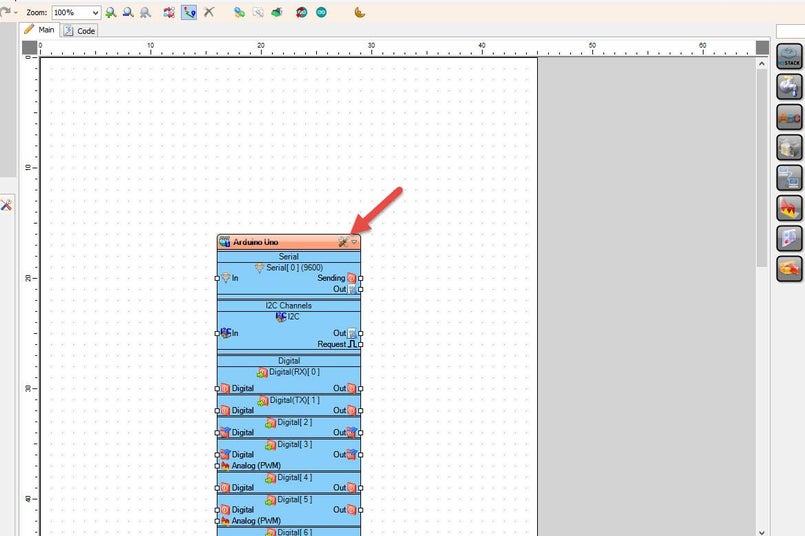
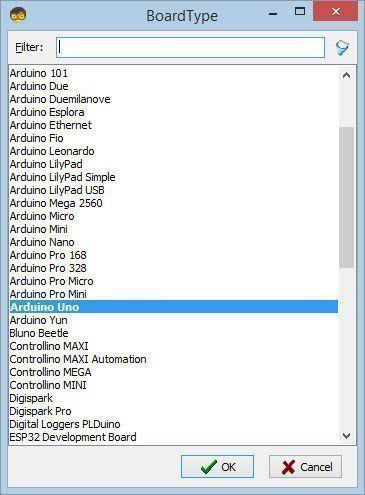
Start Visuino as shown in the first picture. Click on the "Tools" button on the Arduino component (Picture 1) in Visuino. When the dialog appears, select "Arduino UNO" as shown in Picture 2
Step 4: In Visuino, Add & Set Components
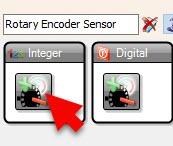
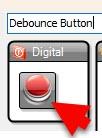
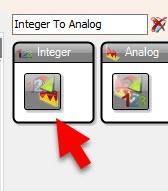
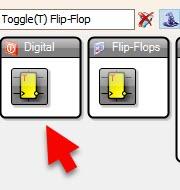
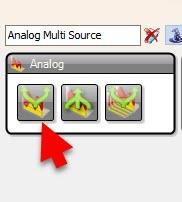
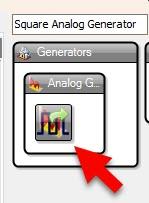
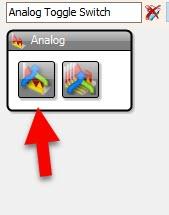
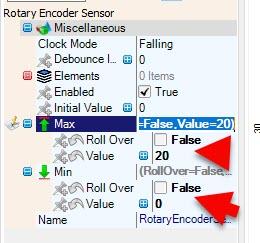
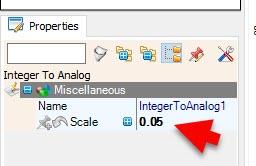
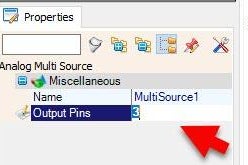
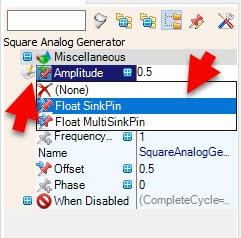
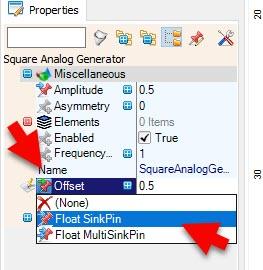
Add "Rotary Encoder Sensor" component
Add "Integer To Analog" component
Add "Debounce Button" component
Add "Toggle(T) Flip-Flop" component
Add "Analog Multi Source" component
Add "Square Analog Generator" component
Add "Analog Toggle Switch" component
Select "RotaryEncoderSensor1" and in the properties window:
set "Max" > "Roll Over" to False
set "Max" > "Value" to 0
set "Min" > "Roll Over" to False
set "Min" > "Value" to 0
Select "IntegerToAnalog1" and in the properties window set "Scale" to 0.05
Select "MultiSource1" and in the properties window set "Output Pins" to 3
Select "SquareAnalogGenerator1" and in the properties window select "Amplitude", click on the pin icon and select "Float SinkPin"
Select "SquareAnalogGenerator1" and in the properties window select "Offset", click on the pin icon and select "Float SinkPin"
Step 5: In Visuino Connect Components
Connect Arduino.Digital.Digital[ 3 ] OutputPin to RotaryEncoderSensor1 pin [Clock|
Connect Arduino.Digital.Digital[ 2 ] OutputPin to RotaryEncoderSensor1 pin [Direction|
Connect RotaryEncoderSensor1 OutputPin to IntegerToAnalog1 InputPin
Connect IntegerToAnalog1 OutputPin to MultiSource1 InputPin
Connect MultiSource1 OutputPins.Pin [0] to SquareAnalogGenerator1 pin [Amplitude]
Connect MultiSource1 OutputPins.Pin [1] to SquareAnalogGenerator1 pin [Offset]
Connect MultiSource1 OutputPins.Pin [2] to ToggleSwitch1 False InputPin
Connect SquareAnalogGenerator1 OutputPin to ToggleSwitch1.True InputPin
Connect Arduino.Digital.Digital[ 4 ].Output Pin to Button1 InputPin
Connect Button1 OutputPin to TFlipFlop1 Clock InputPin
Connect from TFlipFlop1 OutputPin to ToggleSwitch1 Select InputPin
Connect ToggleSwitch1 OutputPin to Arduino.Digital.Digital[ 5 ] AnalogInputPin (PWM)
Step 6: Generate, Compile, and Upload the Arduino Code

In Visuino, at the bottom, click on the "Build" Tab, make sure the correct port is selected, then click on the "Compile/Build and Upload" button.
Step 7: Play
Congratulations! You have completed your project with Visuino. Also attached is the Visuino project that I created for this. You can download it and open it in Visuino: https://www.visuino.com
Download Visuino file: High-Brightness Lighting LED module.visuino








